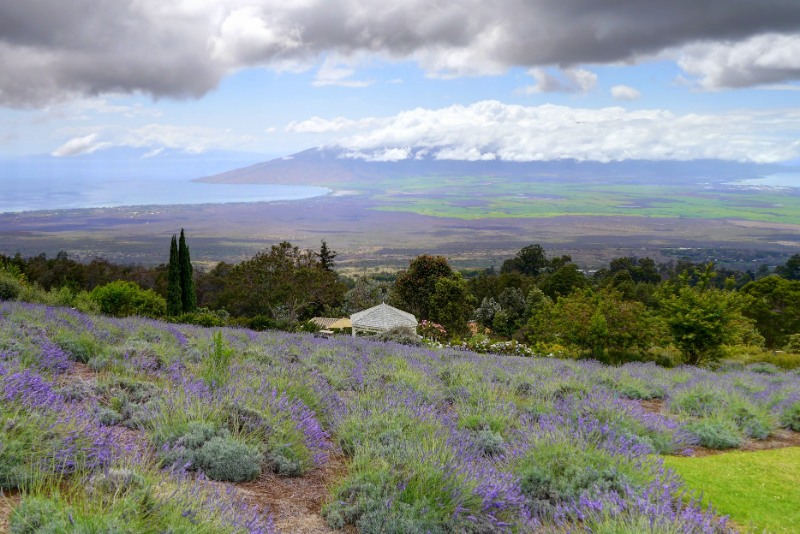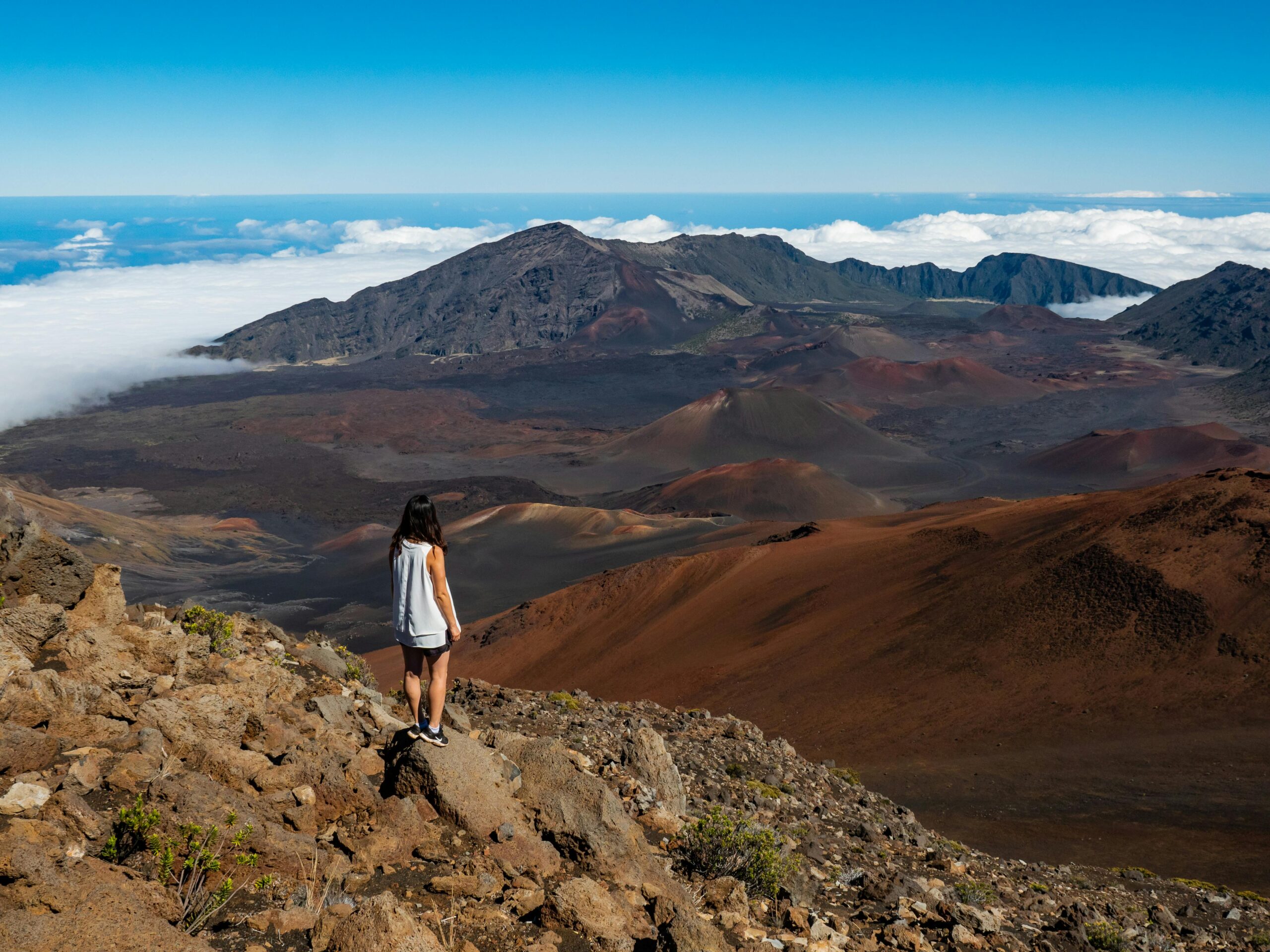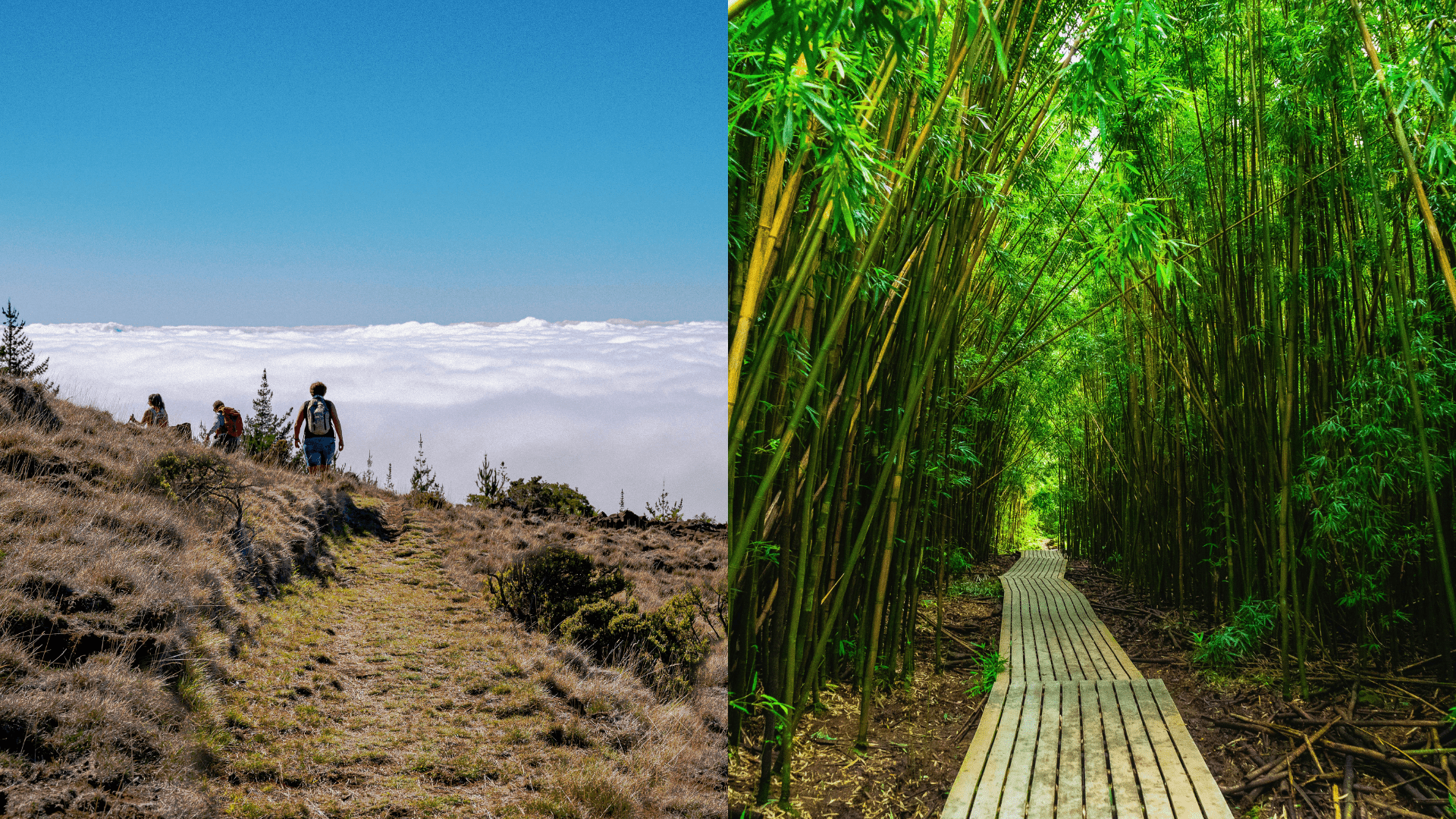
Kula and Haiku may only be a short drive apart, but they provide two very different experiences. One is known for its sunny skies and wide-open spaces; the other, for its tropical greenery and off-the-grid charm. While both have a lot to offer, understanding their differences is key to making a confident, informed choice.
This guide breaks down what it’s really like to live in each area—from climate and community to property types and market trends—so you can decide which version of island life truly matches your vision. With the right insight (and the right local guidance), you can land the Maui, Hawaii real estate that perfectly aligns with your aspirations.
Table of Contents
Kula and Haiku: A Tale of Two Communities
Though only about an hour apart by car, Kula and Haiku offer distinctly different landscapes, climates, and community rhythms. Both are set away from Maui’s resort zones, offering a more authentic and grounded way of life, one that prioritizes space, nature, and connection, but their personalities differ considerably.
Kula stretches across the western slopes of Haleakalā, rising from about 1,200 feet to over 4,000 feet in elevation. It covers approximately 19 square miles and is home to around 6,500 residents. The area is known for its dry, Mediterranean-like climate, with sunny days, cooler nights, and some of the best views on the island, especially of Maui’s central valley, the West Maui Mountains, and even the outer islands on a clear day.
Kula highlights
- Privacy and calm
- Great for retirees, second-home buyers, and anyone looking for a quiet retreat with space to garden, farm, or simply enjoy the views
Haiku, by contrast, is set along Maui’s lush North Shore and spans about 60 square miles, a significantly larger area than Kula. It’s more spread out and rural, with a population of just over 9,000 people. The landscape here is dense, tropical, and green year-round, thanks to the frequent trade showers that nourish the region’s dense vegetation and jungle canopies.
Haiku highlights
- Eco-conscious estates
- Bohemian, off-the-grid energy
- Great for artists, surfers, nature lovers, and those seeking an alternative or sustainable lifestyle.
Both areas are highly desirable when it comes to Maui, Hawaii real estate. They’re ideal for buyers who value land, lifestyle, and privacy—whether that means a sunrise view above the clouds or a winding driveway lined with bamboo and banana trees. They also attract buyers who want to step away from the resort-style experience and into something more personal, more spacious, and more reflective of the real Maui.
While inventory in both Kula and Haiku tends to be limited (especially for high-quality, well-maintained properties), each area offers incredible value for the right buyer. It’s important to get a good understanding of the nuances, from elevation and rainfall to zoning and utilities, all of which you can ask your Maui real estate agent.
Given the variation in land use, zoning, water access, and infrastructure, buying a home in either Haiku or Kula can present unique challenges. Haiku in particular, has many off-grid or partially permitted homes, while Kula’s agricultural zoning can affect your ability to build or farm.
A knowledgeable local realtor can help you evaluate not just the home, but the surrounding land, utilities, and long-term feasibility. When dealing with Maui, Hawaii real estate, you need someone who’s walked these properties, talked to the neighbors, and understands what lies beneath the surface (literally and figuratively).
Real Estate Market
When it comes to Kula, Maui real estate, you’ll find large estate homes, custom-built properties, and expansive lots with sweeping views. Prices typically range from $1.2M to over $5M, depending on elevation, acreage, and home design. The market here appeals to buyers looking for prestige, peace, and potential for farming or equestrian use.
Haiku real estate offers more diversity in price and style. You’ll see off-grid bungalows, multi-structure compounds, and eco-friendly designs. Properties often include lush acreage and privacy. Prices in Haiku range from $800K to over $3M, though fixer-upper homes are generally more affordable.
Browse homes for sale in Haiku
Water catchment systems, septic tanks, and solar power are common in Haiku, while Kula properties often have county water and better road access. Again, this is where the knowledge of a Maui real estate agent can provide you with practical yet critical insight about the area you’re interested in.
Kula vs. Haiku: Comparison of Daily Life

Climate
Kula is known for its sunny days, cooler evenings, and lower humidity. Positioned between 2,000 and 4,000 feet above sea level, the region enjoys what many call the “Goldilocks” climate—not too hot, not too cold. Morning sunshine often gives way to misty afternoons, and the fertile land supports everything from proteas to citrus groves.
Haiku, on the other hand, is lush, green, and gets significantly more rainfall. The moisture keeps everything vibrant year-round, creating a true tropical forest feel. This climate appeals to those who love nature in its wildest, most vibrant form and don’t mind the occasional (or frequent) refreshing rain shower.
If you’re dreaming of sunny decks and dry trails, Kula might suit you better. If your vision involves living among the ferns and harvesting avocados from your backyard jungle, Haiku is your paradise.
Amenities
While neither Kula nor Haiku are commercial hubs, both have access to key services.
Kula is served by Kula Elementary, one of the most sought-after public schools on the island, as well as Seabury Hall, a private middle and high school known for academic excellence. Haleakala Waldorf School is another great option that caters this area. Healthcare access is also relatively convenient with the Kula Hospital and clinics nearby.
Haiku is more remote in a sense, with residents typically traveling to Paia or Kahului for schools and healthcare. However, Haiku does offer unique educational options like the Maui Montessori School and several progressive, nature-based programs.
Dining and Shopping
Though neither Kula nor Haiku are considered commercial centers, both offer charming local spots for food, essentials, and a taste of the community flavor.
Kula
- La Provence. A charming French bakery and café known for its lavender lattes, croissants, and scenic outdoor seating. A favorite brunch spot among locals.
- Kula Bistro. A cozy, family-friendly restaurant offering hearty Italian and American fare with generous portions and a warm, rustic vibe.
- Morihara Store. A classic Upcountry general store with groceries, snacks, and everyday necessities, perfect for quick trips without heading to town.
- Kula Marketplace. A curated shop featuring gourmet foods, local art, handmade gifts, and specialty products that make perfect souvenirs or gifts.
Haiku
- Colleen’s at the Cannery. A local favorite in the Haiku Marketplace offering everything from fresh juices and sandwiches to hearty dinners and cocktails, all in a relaxed, family-friendly space.
- Nuka. One of Maui’s hidden culinary gems, this sleek sushi bar is known for fresh, locally-sourced Japanese cuisine in an upscale yet unpretentious setting.
- Haiku Grocery Store. A small but well-stocked spot offering organic produce, prepared foods, and essentials for the off-grid lifestyle.
- Baked on Maui. A cozy café and bakery tucked into Pauwela Cannery, beloved for its fresh bread, pastries, and laid-back local energy.
Recreational Activities
Kula
- Haleakalā National Park (Summit District)
A world-class destination for hiking, stargazing, and sunrise viewing. The summit sits at over 10,000 feet and offers otherworldly volcanic landscapes and sweeping views of the island. - Ali‘i Kula Lavender Farm
A peaceful hillside retreat with walking paths, garden tours, and gift shops featuring lavender-based products. Perfect for a leisurely morning surrounded by flowers and fragrant air. - Kula Botanical Garden
A charming 8-acre garden showcasing native and exotic plants, waterfalls, and koi ponds. Great for families, photographers, and those with an interest in the local flora. - Polipoli Spring State Recreation Area
A hidden gem for hikers looking for cooler weather, cloud forest landscapes, and trails that wind through redwoods and eucalyptus groves. - Upcountry Farmers Market (near Makawao)
A well-loved Saturday morning tradition offering local produce, crafts, flowers, and freshly prepared foods—a must for anyone who enjoys cooking or community energy.
Haiku
- Twin Falls
A short hike through the jungle to a series of waterfalls and swimming holes. Easy access makes it a popular stop for both locals and visitors—don’t forget your swimsuit. - Ho’okipa Beach Park (nearby in Paia)
One of the best-known windsurfing and surfing beaches on Maui. While not technically in Haiku, it’s a short drive away and a daily go-to for ocean lovers. - Ziplining at NorthShore Zipline Co.
A fun and family-friendly zipline experience through the Haiku jungle, offering tree-top views and a bit of an adrenaline rush. - Pe‘ahi (“Jaws”) (seasonal)
Located on the edge of Haiku, this world-famous big wave surf break only awakens during winter swells. Great for watching experienced surfers take on 40+ foot waves—best viewed from the cliffs above.
Community and Culture
Kula’s residents are often long-time locals, families, and retirees. There’s a sense of tradition, with generations staying close to the land. Community events tend to revolve around schools, agriculture, and the arts.
Haiku’s cultural scene is more offbeat. Expect impromptu drum circles, artist collectives, eco-building workshops, and potluck-style festivals. There’s a strong sense of neighborly support, particularly for those living off-grid.
Whichever community you choose, expect to be welcomed, especially if you’re respectful of the land and engaged in giving back.
Importance of Choosing the Right Area and Realtor in Maui
Maui is a collection of microclimates, communities, and lifestyles. Choosing which area you live in will have a considerable effect on your daily life. From what you wear and how you grow your food to how you connect with neighbors, your location matters.
Whether you’re leaning toward Haiku real estate or if you think Kula Maui real estate is more your speed, consult with a knowledgeable Maui real estate agent. Their intimate understanding of both areas will enable them to listen to your needs and preferences and advise you as to which is best suited to you.
Spotlight on Maui realtor, Dave Futch
When it comes to Upcountry and North Shore living, few realtors match the insight and integrity of Dave Futch. As a local Maui resident since 1988 and a real estate agent since 1993, Dave brings decades of hands-on experience, authentic relationships, and grounded local wisdom to every transaction.
He’s not just selling property—he’s guiding clients into a lifestyle that honors the island’s culture, environment, and community.
Find Your Paradise with Dave
Choosing between Kula and Haiku is ultimately about choosing the lifestyle you want to live every day. Are you looking for sunshine and serenity or jungle vibes and adventure? Are you drawn to peaceful country estates or tucked-away tropical hideaways?
Whatever your vision, navigating Maui, Hawaii real estate successfully requires a trusted guide. Dave Futch brings over 30 years of experience, deep local insight, and a passion for helping others find their place on the island. He’ll walk the land with you. Most importantly, he’ll be your champion every step of the way, from showings and inspections to negotiation and closing.
If you’re ready to explore Haiku or Kula—or still deciding which Maui dream is yours—reach out to Dave Futch. Call Dave directly at 808.280.9600 or send a message here . Check out his blog for more on Maui real estate.



